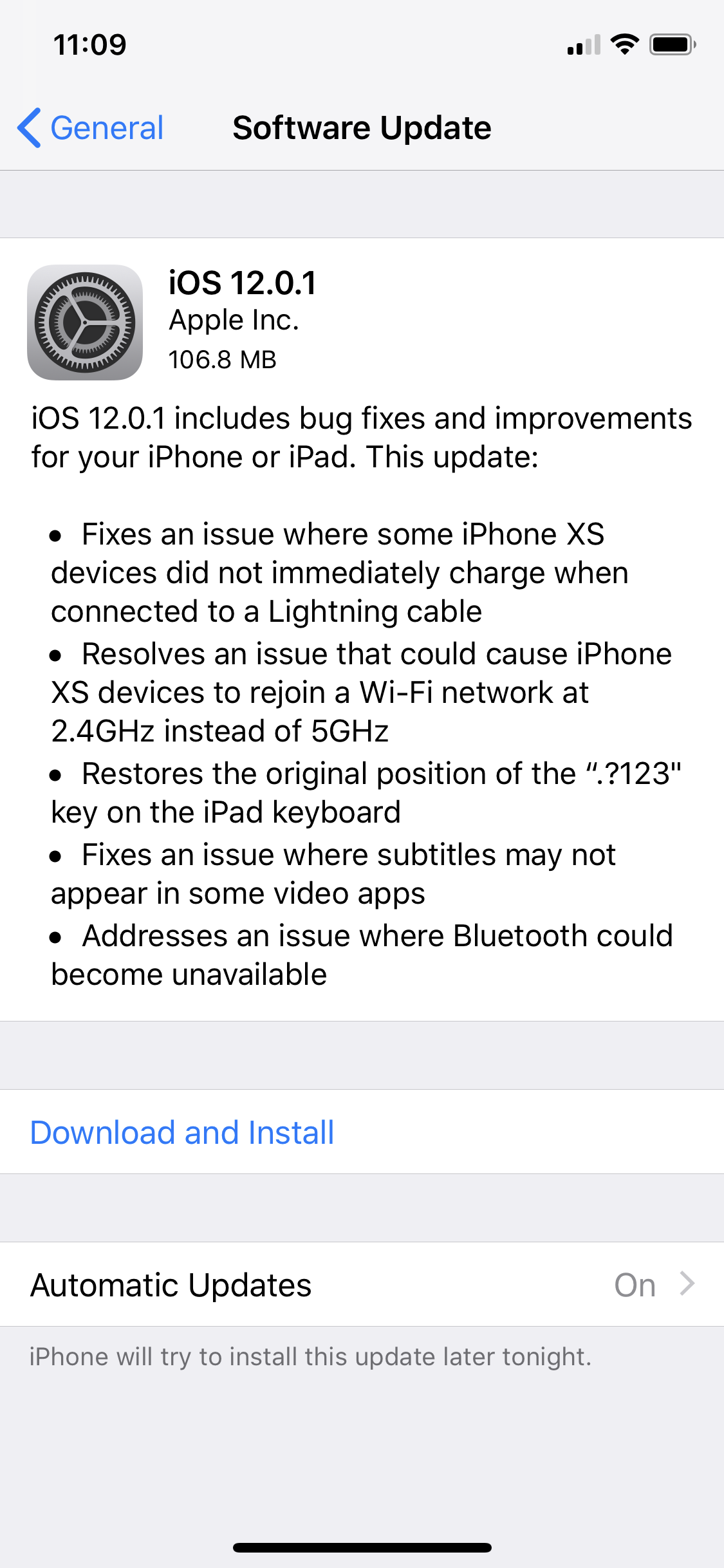With iOS 12, Apple has made major moves to tighten its security and tie up some of the loose ends you may have.
But your iPhone can’t do everything for you. Despite the fact that Apple has done what it can do on its end and in terms of security to make things safer for you, there are still things you need to do on your own to make sure your phone is appropriately protected from those who might want to get into it.
Here’s a list of security settings in iOS 12 you need to change now to make sure you’re taking advantage of everything you can to protect yourself.
Make sure your passcode is appropriately complex

The default lock screen passcode used to be four digits, but Apple has since changed this into a six-digit passcode to help you keep your phone and data safe. Don’t make this code a bunch of zeroes, like we recently learned rapper Kanye West does.
Make sure this code is a unique six-digit passcode that isn’t a string of sequential numbers or the same number six times, either. Make sure it’s something you can remember, but also something unique. This will ensure it’s a lot more difficult for hackers to brute-force their way through your phone.
To change it, go to Settings > Touch/Face ID & Passcode, and type in your current passcode. Then select Change Passcode. From there, choose Passcode Options, and set your Custom Numeric Code. You’ll be good to go from there.
Turn on automatic updates

Apple ensures it’s on top of the latest security updates for your phone, but if you’re not letting said updates go through, they’re not doing anything for you. You may as well not have updated. To thwart this problem, make sure you keep your phone in auto-update mode. That way, you’ll never miss any of the important updates sent out to keep your phone working as intended.
Head to Settings > General > Software Update and choose the “on” option to make sure this is enabled.
Keep two-factor authentication enabled by default

Two-factor authentication can be a bit of a pain when you want to log in quickly, but it can also add an extra layer of protection against anyone who may somehow get your password. When you log into a website or app with your regular password, this feature will send a text message to your phone with a special verification code that you’ll need to enter if you want to continue your login.
iOS 12 has this particular feature already integrated into its framework, and it will auto-fill your codes so you don’t have to worry about typing them all in. It’s very simple to get set up, too. If this isn’t turned on, go to your name and Apple ID at the top of the screen and choose Password & Security, and then choose Turn on Two-Factor Authentication. You can set up your important passwords from here.
Restrict your phone from access with USB-only mode

Apple went forward with an interesting feature in iOS 12 where you can choose to lock down access to a phone while connected to a computer when it’s been only an hour after you last unlocked it. Previously, this time window was seven days. It’s been shortened considerably for security reasons, which keeps hackers from being able to use a series of special programs and hacks to log into your phone, and therefore ruining their day.
Make sure this is set up correctly by heading into Settings > Face/Touch ID & Passcode and check near the bottom of the list for USB Accessories. Turn it off, and make sure there is no green switch but a gray switch here. Now, no USB devices will be able to get into your phone after it’s been an hour since your last unlock. Very simple, and very safe.
Keep location-based features turned off

iPhones are good at tracking you — in fact, that’s how many of your favorite features on the device come to life. Siri, Maps, Photos, and a handful of other apps on your phone all use this manner to track where you’ve been and where you go to make things simpler for you. But if you want to remain as secure as possible, go ahead and turn this off. It’s best to keep your location hidden, so go to Settings > Privacy > Location > System Services and choose Significant Locations. You can turn this feature off and your iPhone will stop keeping track of those locations it thinks are important.
Stop using the same passwords everywhere

With iOS 12, you should be aware that your phone has a special way to help you manage all the passwords you use across the internet. If you use a lot of same passwords, go ahead and change them, which your iPhone can help you figure out. If you go to Settings > Passwords & Accounts > Website & App Passwords, your phone can tell you which passwords are the same. You should take this as a cue to go change things up.
You can change your password directly from your phone by going to Settings > Passwords & Accounts > Website & App Passwords and entering your passcode, then choosing Change Password on Website. Then make sure you keep track of your changes, and don’t use the same ones over and over.
